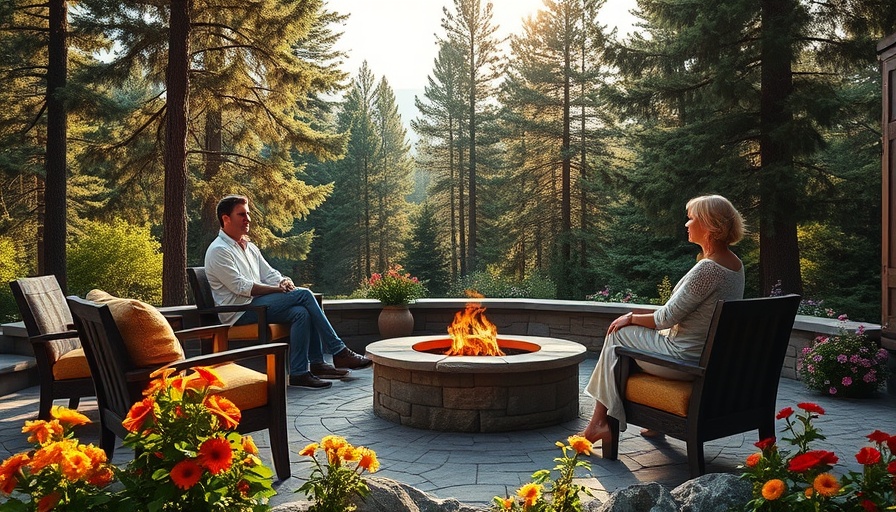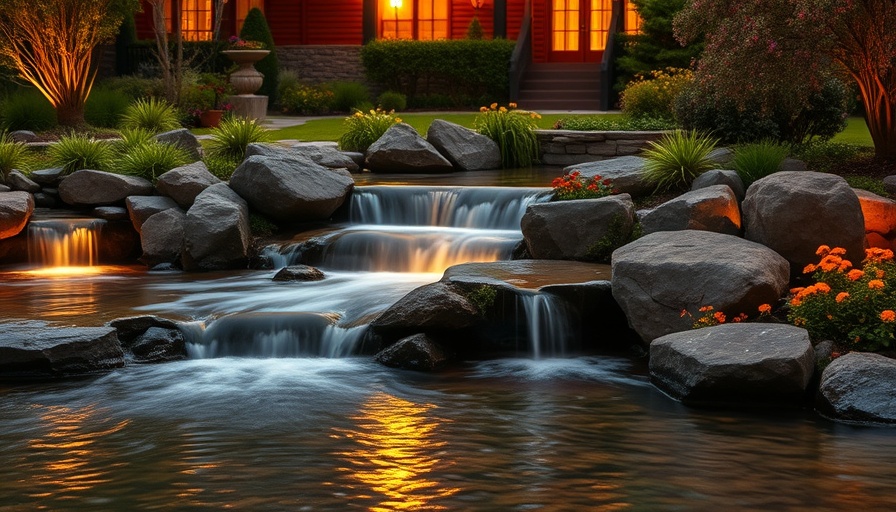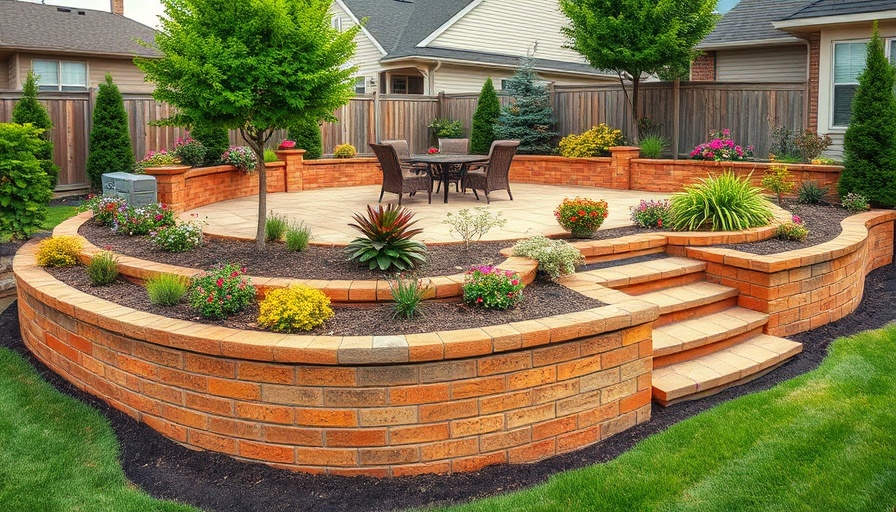
Unraveling the Secrets of Koi Fish Survival in Winter
As the winter chill descends, koi fish—those beautiful, vibrant creatures of the pond—enter a unique phase of survival. Understanding their natural behavior can vastly improve how we care for them during this cold period. While many aquatic creatures face overwhelming challenges as temperatures plunge, koi are surprisingly adapted to thrive in harsh conditions. This article explores what happens to koi fish in winter and how pond owners can ensure their safety and well-being.
What is Torpor and How Does it Affect Koi?
When temperatures drop below 50°F (10°C), koi fish do not simply hibernate; they enter a state known as torpor. This semi-dormant state helps them to conserve energy while still remaining alert enough to respond to their environment. During torpor, their metabolism slows significantly. As a result, you may see them resting near the pond's bottom, where conditions are typically warmer. Understanding this behavior allows koi owners to adjust their care routines accordingly.
The Importance of Feeding Practices in Winter
Understanding koi nutrition is crucial, especially in winter. As koi slow down their metabolic processes, their capacity to digest food diminishes. Consequently, feeding should stop when water temperatures consistently dip below 50°F. Leftover food can rot and create harmful conditions in the water, which might endanger the fish. Instead, koi rely on fat stores built up over warmer months to survive the cold, illustrating the necessity of proper feeding during the active growing season.
Oxygen Management: A Lifesaving Element
Even in winter, koi require oxygen to survive. As ice blankets the pond, the oxygen concentration in the water can decline, especially if the pond is covered in thick snow. Implementing a de-icer and maintaining an aeration system can help keep a portion of the surface uncovered, allowing necessary gas exchanges and maintaining a breath of fresh oxygen for the koi. This proactive measure not only ensures safe conditions for your fish but also contributes to overall water quality.
Pond Depth: A Crucial Factor
There's a direct correlation between pond depth and the survival of koi during winter. A depth of at least two feet provides a layer of water that remains untouched by the freezing temperatures above. This crucial layer serves as a sanctuary for koi as they settle into their semi-dormant state. For owners of shallower ponds, alternative arrangements must be considered, such as relocating the fish to an indoor aquarium or implementing a pond heater to stabilize water temperatures.
Maintaining Water Quality: Essential Year-Round Care
Even though koi may be less active in winter, maintaining water quality in the pond remains critical. Accumulating waste can lead to toxic conditions, which can be harmful to your fish. Before winter arrives, take the time to clean the pond to remove dead leaves, debris, and any remaining organic material from the bottom. Tools like pond skimmers and filters can be invaluable in this essential cleanup, allowing beneficial bacteria to thrive and promote healthy water quality through the cold months.
Looking Ahead: Preparing for Spring
As we help our koi endure the winter, it's also essential to prepare for their transition back to active life in spring. As the weather begins to warm, gradually reintroducing food and cleaning the pond can set the stage for a vibrant spring season. Understanding the koi's seasonal behaviors and needs empowers owners to create a nurturing and supportive environment year-round.
Final Thoughts on Koi Care in Winter
Winter presents unique challenges for koi, but understanding how these fish adapt can make all the difference in ensuring their health and longevity. By implementing thoughtful strategies around feeding, oxygenation, and water quality, pond owners can take significant steps in supporting their aquatic friends. Observe them closely during this time, and prepare diligently for the thaw to come.
Through proactive care during winter, we not only ensure the survival of these beautiful fish but also celebrate their magnificent resilience as spring returns.
 Add Row
Add Row  Add
Add 




Write A Comment